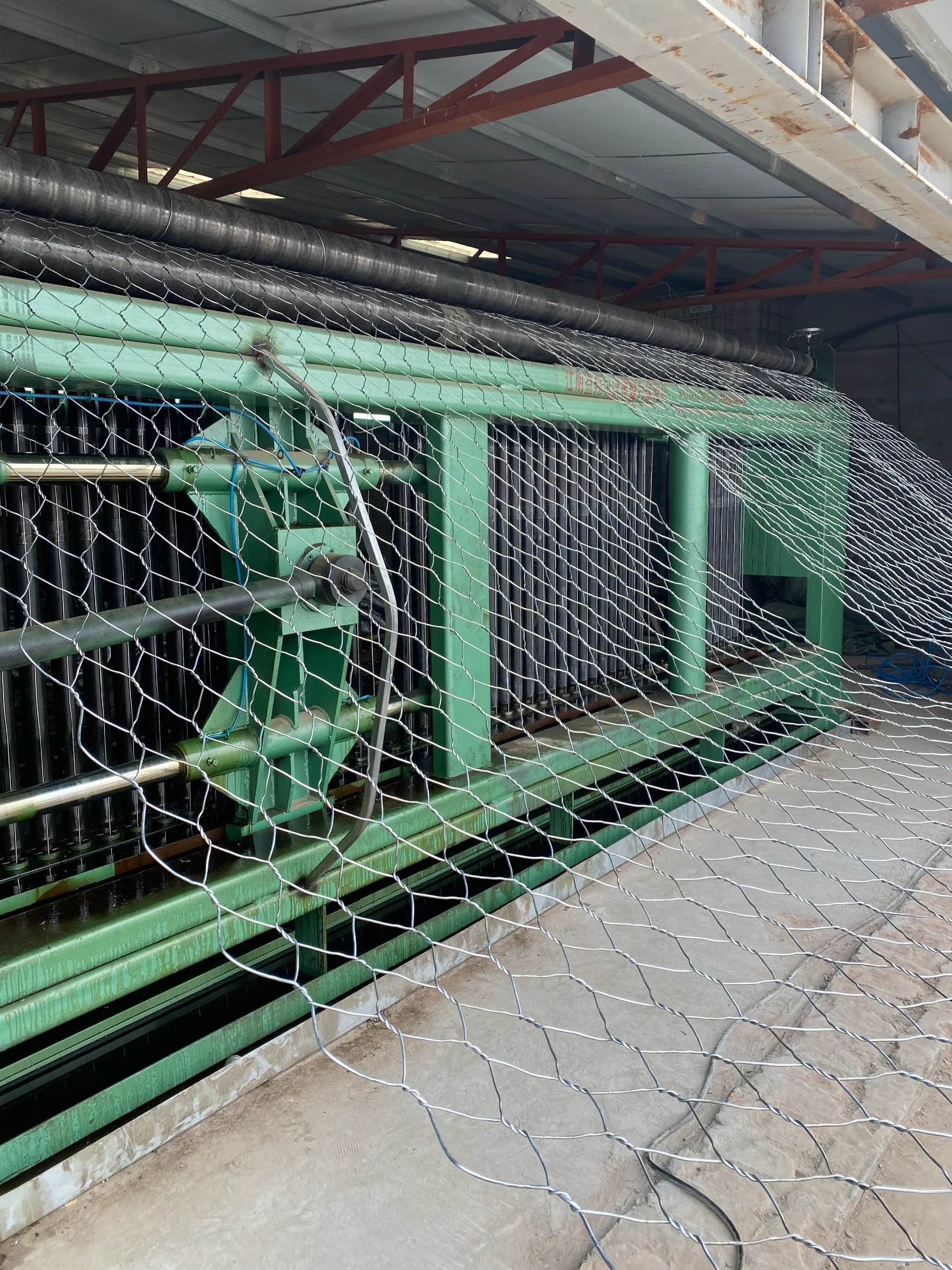-
 Afrikaans
Afrikaans -
 Albanian
Albanian -
 Amharic
Amharic -
 Arabic
Arabic -
 Armenian
Armenian -
 Azerbaijani
Azerbaijani -
 Basque
Basque -
 Belarusian
Belarusian -
 Bengali
Bengali -
 Bosnian
Bosnian -
 Bulgarian
Bulgarian -
 Catalan
Catalan -
 Cebuano
Cebuano -
 China
China -
 Corsican
Corsican -
 Croatian
Croatian -
 Czech
Czech -
 Danish
Danish -
 Dutch
Dutch -
 English
English -
 Esperanto
Esperanto -
 Estonian
Estonian -
 Finnish
Finnish -
 French
French -
 Frisian
Frisian -
 Galician
Galician -
 Georgian
Georgian -
 German
German -
 Greek
Greek -
 Gujarati
Gujarati -
 Haitian Creole
Haitian Creole -
 hausa
hausa -
 hawaiian
hawaiian -
 Hebrew
Hebrew -
 Hindi
Hindi -
 Miao
Miao -
 Hungarian
Hungarian -
 Icelandic
Icelandic -
 igbo
igbo -
 Indonesian
Indonesian -
 irish
irish -
 Italian
Italian -
 Japanese
Japanese -
 Javanese
Javanese -
 Kannada
Kannada -
 kazakh
kazakh -
 Khmer
Khmer -
 Rwandese
Rwandese -
 Korean
Korean -
 Kurdish
Kurdish -
 Kyrgyz
Kyrgyz -
 Lao
Lao -
 Latin
Latin -
 Latvian
Latvian -
 Lithuanian
Lithuanian -
 Luxembourgish
Luxembourgish -
 Macedonian
Macedonian -
 Malgashi
Malgashi -
 Malay
Malay -
 Malayalam
Malayalam -
 Maltese
Maltese -
 Maori
Maori -
 Marathi
Marathi -
 Mongolian
Mongolian -
 Myanmar
Myanmar -
 Nepali
Nepali -
 Norwegian
Norwegian -
 Norwegian
Norwegian -
 Occitan
Occitan -
 Pashto
Pashto -
 Persian
Persian -
 Polish
Polish -
 Portuguese
Portuguese -
 Punjabi
Punjabi -
 Romanian
Romanian -
 Russian
Russian -
 Samoan
Samoan -
 Scottish Gaelic
Scottish Gaelic -
 Serbian
Serbian -
 Sesotho
Sesotho -
 Shona
Shona -
 Sindhi
Sindhi -
 Sinhala
Sinhala -
 Slovak
Slovak -
 Slovenian
Slovenian -
 Somali
Somali -
 Spanish
Spanish -
 Sundanese
Sundanese -
 Swahili
Swahili -
 Swedish
Swedish -
 Tagalog
Tagalog -
 Tajik
Tajik -
 Tamil
Tamil -
 Tatar
Tatar -
 Telugu
Telugu -
 Thai
Thai -
 Turkish
Turkish -
 Turkmen
Turkmen -
 Ukrainian
Ukrainian -
 Urdu
Urdu -
 Uighur
Uighur -
 Uzbek
Uzbek -
 Vietnamese
Vietnamese -
 Welsh
Welsh -
 Bantu
Bantu -
 Yiddish
Yiddish -
 Yoruba
Yoruba -
 Zulu
Zulu
welded wire fabric
The Importance of Welded Wire Fabric in Construction and Manufacturing
Welded wire fabric (WWF) is a versatile construction material that has gained significant popularity in various industries, notably in construction and manufacturing. Comprising a series of intersecting wires that are welded together at each joint, this material provides a myriad of benefits, making it a staple choice in modern engineering applications.
One of the primary advantages of welded wire fabric is its strength and durability. The welding process creates strong joints that enhance the overall structural integrity of the material. This strength is particularly essential in construction projects where the likelihood of stress and strain is high. Whether used in slabs, walls, or pavements, WWF offers reliable reinforcement, helping to prevent cracking and structural failure over time.
In addition to its strength, welded wire fabric is also appreciated for its uniformity and dimensional stability. The precise manufacturing process ensures that the distances between wires are consistent, which results in predictable performance during application. This uniformity allows engineers and architects to design structures with confidence, knowing that their reinforcement will behave as expected under load.
Welded wire fabric is also easy to work with due to its lightweight nature. This characteristic simplifies handling and installation, saving both time and labor costs on construction sites. The ability to manufacture WWF in various sizes and configurations further enhances its adaptability, catering to the specific needs of different projects. Custom sizes can be crafted to suit unique specifications, ensuring that welders and builders can always find the right solution for their requirements.
welded wire fabric

Moreover, WWF offers significant cost-effectiveness. Its use in construction can reduce the amount of concrete needed for projects due to its superior reinforcement capabilities. This reduction in material usage not only lowers costs but also minimizes waste, contributing to more sustainable building practices. As the construction industry continues to evolve, there is an increasing focus on sustainability, making WWF an attractive option for eco-conscious builders.
Another critical aspect worthy of mention is the versatility of welded wire fabric. It is utilized in a wide range of applications beyond concrete reinforcement, including fencing, agricultural operations, and even artistic projects. In fencing, for instance, WWF provides a robust barrier that is resistant to bending and breaking. In agriculture, it can support plant growth in greenhouse structures or serve as protective enclosures for livestock. Its adaptability makes it a vital resource across various fields, underscoring its significance in modern practices.
The installation of welded wire fabric is equally straightforward. It can be easily placed into forms before concrete pouring, ensuring that the reinforcement remains securely in position throughout the curing process. This ease of installation has led to increased adoption rates in both residential and commercial construction, as contractors seek materials that streamline project timelines without compromising quality.
However, it is essential to recognize that while WWF has numerous advantages, proper installation and adherence to building codes are crucial to maximizing its potential. Engineers and builders must conduct thorough planning and implementation to ensure that the reinforcement complements the overall design and safety standards of the structure.
In summary, welded wire fabric is a remarkable construction material that plays a pivotal role in the strength, efficiency, and versatility of modern engineering applications. Its numerous benefits, including enhanced durability, ease of use, cost-effectiveness, and adaptability, have solidified its status as a preferred choice for builders and manufacturers worldwide. As industries continue to innovate and prioritize sustainability, the role of welded wire fabric is likely to expand, paving the way for more resilient and resource-efficient structures in the future.
-
Shipping Plastic Bags for Every NeedNewsJul.24,2025
-
Safety Netting: Your Shield in ConstructionNewsJul.24,2025
-
Plastic Mesh Netting for Everyday UseNewsJul.24,2025
-
Nylon Netting for Every UseNewsJul.24,2025
-
Mesh Breeder Box for Fish TanksNewsJul.24,2025
-
Expanded Steel Mesh Offers Durable VersatilityNewsJul.24,2025











